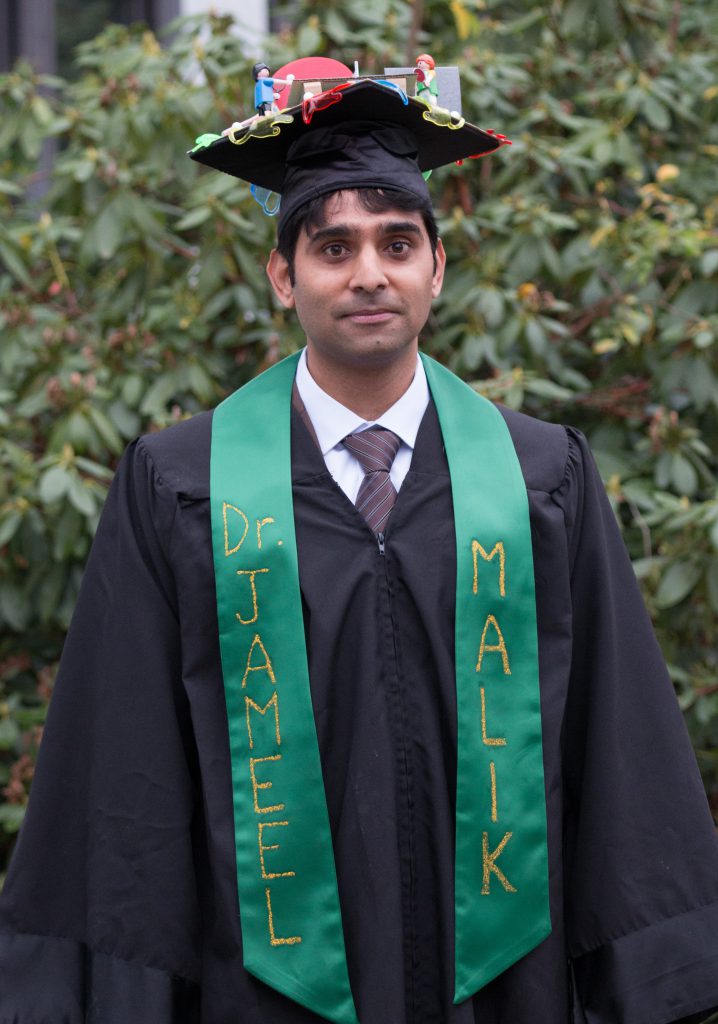We are proud to announce that the Augmented Vision group will present three papers in the upcoming ICPR 2020 conference which will take place from January 10th till 15th, 2021. The International Conference on Pattern Recognition (ICPR) is the premier world conference in Pattern Recognition. It covers both theoretical issues and applications of the discipline. The 25th event in this series is organized as an online virtual conference with more than 1800 participants expected.
The three accepted papers are:
1. HPERL: 3D Human Pose Estimation from RGB and LiDAR
David Michael Fürst, Shriya T. P. Gupta, René Schuster, Oliver Wasenmüller, Didier Stricker
One sentence summary: HPERL proposes a two-stage 3D human pose detector that fuses RGB and LiDAR information for a precise localization in 3D.
Presentation date: PS T3.3, January 12th, 5 pm CET.
2. ResFPN: Residual Skip Connections in Multi-Resolution Feature Pyramid Networks for Accurate Dense Pixel Matching
Rishav, René Schuster, Ramy Battrawy, Oliver Wasenmüller, Didier Stricker
One sentence summary: ResFPN extends Feature Pyramid Networks by adding residual connections from higher resolution features maps to obtain stronger and better localized features for dense matching with deep neural networks.
This paper is accepted as an oral presentation (best 6% of all submissions).
Presentation date: OS T5.1, January 12th, 2 pm CET; PS T5.1, January 12th, 5 pm CET.
3. Ghost Target Detection in 3D Radar Data using Point Cloud based Deep Neural Network
Mahdi Chamseddine, Jason Rambach, Oliver Wasenmüller, Didier Stricker
One sentence summary: An extension to PointNet is developed and trained to detect ghost targets in 3D radar point clouds using labels by an automatic labelling algorithm.
Presentation date: PS T1.16, January 15th, 4:30 pm CET.



